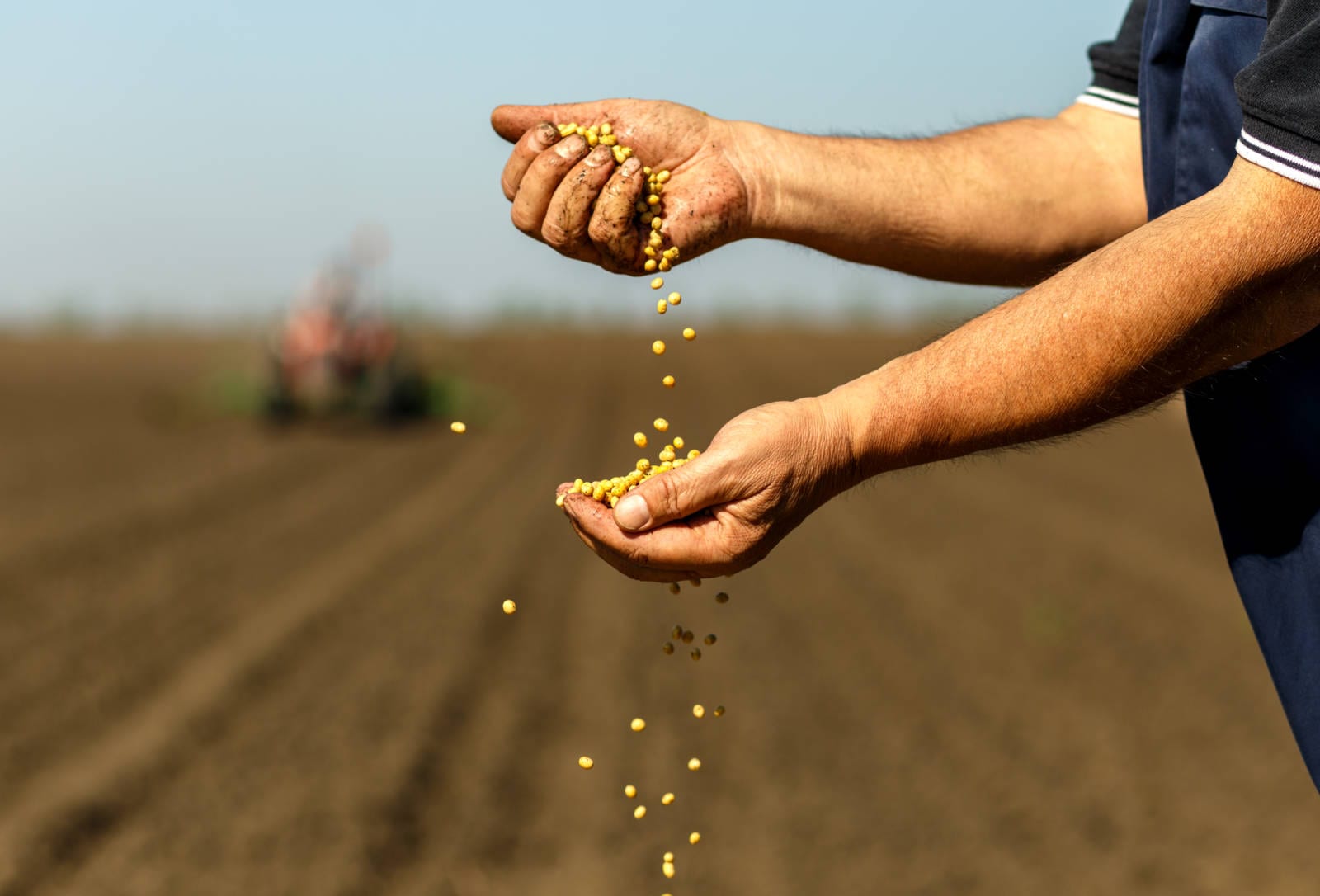Just as U.S. farmers envision the future for that tiny seed they plant at the beginning of each season, each link along the U.S. Soy value chain also plays a role in creating a bright future for the U.S. Soy industry.
Using technology to accurately analyze soybeans for protein and oil content farmers can better meet customer needs. The most common technology used is near-infrared (NIR), which quickly determines soybean oil and protein levels while also capturing moisture content.
At the elevator level, expanded use of NIR technology provides U.S. soybean farmers with the precise measurement needed to make seed-purchasing decisions that could lead to increased protein and oil content for the entire U.S. Soy crop.
Data about which seed varieties produce higher levels of oil and protein gives U.S. farmers more control over the traits their crops possess and allows them to produce a crop with the qualities international customers want. By demanding these traits from the seed companies, it motivates those companies to emphasize such traits in their plant-breeding programs.
The potential result of farmers choosing seed based on NIR measurements is even higher protein and/or oil content of the U.S. soybean crop — making an already great soybean even better. Using technology to improve U.S. Soy’s meal and oil products with international customer needs in mind is one part of the U.S. Soy Advantage that makes U.S. Soy the preferred source for human, animal and industrial uses around the world.
Interested in purchasing U.S. Soy? The U.S. Soybean Export Council (USSEC) can help! Contact USSEC to get connected with U.S. Soy representatives and technical experts in your region.
